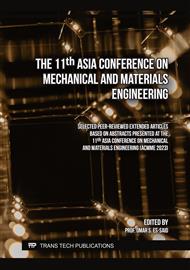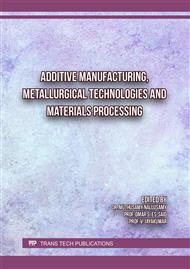p.35
p.55
p.67
p.75
p.83
p.91
p.97
p.103
p.115
A Novel Procedure for Friction Stir Welding Aluminium to Copper by Using an Aluminium Run-On Plate
Abstract:
Conventional friction stir welding of aluminium to copper often results in the formation of deleterious intermetallic compounds. In order to overcome this concern, an innovative procedure consisting of using an aluminium run-on plate is presented. Long continuous aluminium-copper welds, without any defect, were obtained by this procedure. The run-on plate inhibits the formation of intermetallic compounds around the pin by allowing the use of high tool offset, without the formation of discontinuities at the interface. The generation of an aluminium volume around the tool, which detaches very small copper particles from the copper plate, gives rise to stir zones composed of a uniform distribution of copper particles in an aluminium matrix and with a minimal formation of intermetallic compounds. Comparing to the conventional welds, a significant improvement in the mechanical strength was achieved by welding with this non-conventional procedure.
Info:
Periodical:
Pages:
83-90
Citation:
Online since:
December 2023
Keywords:
Price:
Сopyright:
© 2023 Trans Tech Publications Ltd. All Rights Reserved
Share:
Citation:



